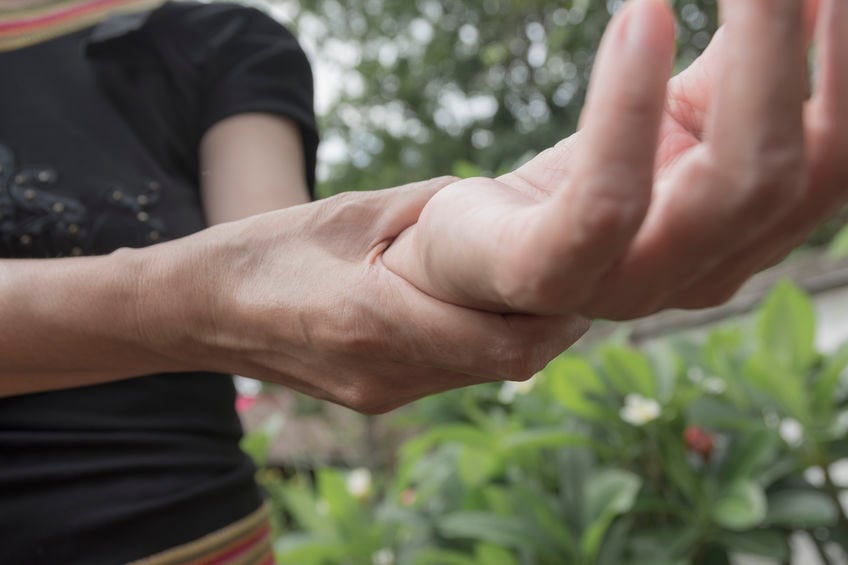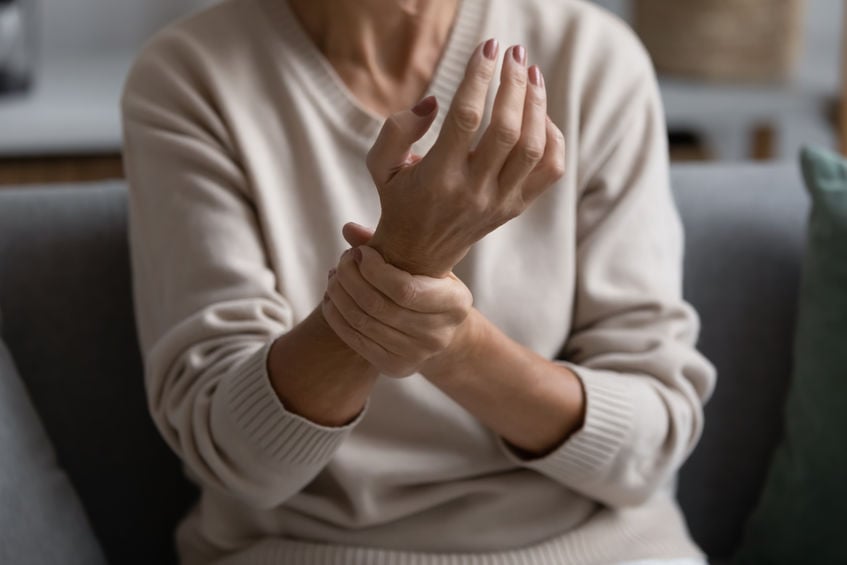Thumbs Down?
Thumbs are a vital part of grip strength and overall use of the hand. Unfortunately, arthritis, the wear and tear of the thumb joint, can severely affect the hand. With thumb arthritis, the cartilage at the end of the bones forming the carpometacarpal (CMC) joint wears down. So a person with thumb arthritis feels pain at the base of the thumb, especially when gripping or pinching an object. Thumb arthritis may also cause swelling or tenderness at the base of the thumb, limit movement, or weaken the thumb joint. These symptoms may be mild at first and worsen if not properly treated.

What is carpal metacarpal arthroplasty?
Once the thumb arthritis has worsened and non-surgical treatments continually fail, carpal metacarpal arthroplasty may be necessary. The surgery removes the damaged parts or the entire joint, replacing it with a wrist flexor tendon. This tendon will be the new joint that will function as a healthy one. CMC brings long-term relief from the pain of thumb arthritis and significantly improves the functionality and mobility of the joint. Overall, CMC arthroplasty surgery has a 96% success rate, with most patients experiencing total pain relief and mobility.
Is your hand on the line?
Although an outpatient procedure, CMC arthroplasty may have possible risks or complications. Some risks include infections and nerve damage. Doctors will explain other specific risks and complications and the steps to mitigate each concern. Generally, the risk for this surgery is minimal, and patients can avoid most complications with proper aftercare.
After CMC
After the procedure, the incision will be stitched with dissolvable sutures. These stitches are removed after 7-10 days. The surgeon will then splint the thumb and wrist. Patients will also have a post-operative visit with a healthcare provider 2 weeks after the surgery. The hand will take around 4 more weeks for a full recovery. During that time, there will be some simple physical therapy exercises to perform at home to help with flexibility.
Caring for a changed thumb
The hand must be splinted while remaining clean and dry. Moreover, keep the hand elevated for 3-5 days after the surgery to minimize swelling and pain. If possible, wiggle and massage the fingers while using the other hand. Help is also needed for driving and household chores while recovering or on medication. A doctor may recommend light exercises with the hand. However, formal therapy will begin 6 weeks after the surgery. The therapy will help regain strength and movement. For the best recovery, patients are advised to follow the advice of the surgeon.
Is CMC arthroplasty right for you?
For people experiencing symptoms of thumb arthritis, CMC arthroplasty may offer some relief. The procedure is a last resort, particularly if symptoms have worsened and no longer respond to non-surgical treatments. Moreover, there are other surgical options to discuss with a physician that can help including arthrodesis, osteotomy, and trapeziectomy. However, CMC arthroplasty is preferred to restore the thumb’s functionality, movement while appearing as natural as possible. Speak with an orthopedic surgeon about the benefits of CMC arthroplasty for thumb arthritis.
Can Lower Back Pain Return After Spinal Surgery? 3 Lifestyle Changes To Get The Most Out Of Fusion
Minnesota Valley Valley Center2024-04-02T14:49:38-05:00April 15th, 2024|
Spinal surgery is an excellent solution for lower back pain, but symptoms can return. With lifestyle changes, patients can get the most out of fusion.
A New Lease On Life: Exploring How Robotic Total Joint Replacement Can Get You Active Again
Minnesota Valley Valley Center2024-03-24T17:38:47-05:00March 29th, 2024|
Robotic total joint replacement uses a robotic arm to replace the joint. This innovative approach allows a quick return to activities.
Restoring Dexterity: How Outpatient Carpal Tunnel Surgery Can Change Your Life
Minnesota Valley Valley Center2024-03-24T17:38:37-05:00March 15th, 2024|
After months of wrist and hand pain, carpal tunnel surgery may be needed. With outpatient options, restored dexterity with less pain and discomfort is possible.
More Articles from MVSC
March 15, 2024
After months of wrist and hand pain, carpal tunnel surgery may be needed. With outpatient options, restored dexterity with less pain and discomfort is possible.
November 14, 2023
Recovery from ulnar nerve release surgery can take up to 8 weeks. With a strong healthcare team and strategies, the pain can be minimized.
October 27, 2023
People with thumb arthritis can experience pain when using a smartphone. A CMC arthroplasty can help individuals get back to texting pain-free.
August 25, 2023
When the wrist is fractured, people wonder how to repair the bone. Minimally invasive surgery can help restore function and decrease pain.










